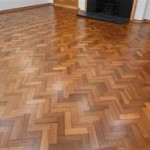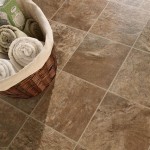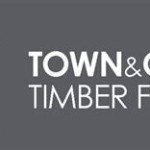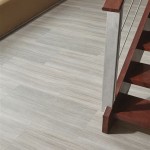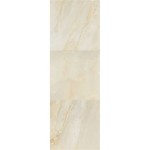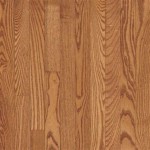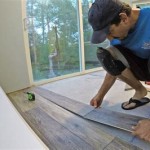Self-Stick Peel and Stick Floor Planks: Essential Aspects to Consider
Self-stick flooring planks, also known as peel and stick planks, have become increasingly popular due to their ease of installation and cost-effectiveness. These planks adhere directly to existing subfloors, eliminating the need for glue or nails. Understanding their essential aspects is crucial for successful installation and long-lasting results.
Composition and Durability
Self-stick planks typically comprise a top layer of vinyl, polyurethane, or laminate, providing varying levels of durability. Vinyl planks are water-resistant, making them suitable for moisture-prone areas. Polyurethane planks offer excellent scratch resistance, while laminate planks are less durable but more affordable. The thickness of the planks also affects durability; thicker planks provide improved impact resistance.
Adhesive Strength
The adhesive backing of self-stick flooring planks is a key factor. Strong adhesives ensure a secure bond to the subfloor, preventing the planks from peeling or shifting. High-quality adhesives can withstand moisture, temperature fluctuations, and heavy foot traffic. Before purchasing, check the manufacturer's specifications and reviews to assess adhesive strength.
Subfloor Preparation
Proper subfloor preparation is essential for a stable and long-lasting installation. The subfloor should be clean, level, dry, and free from any debris or imperfections. Uneven subfloors can lead to buckling or cracking of the planks. Self-leveling underlayment can be used to smooth out any irregularities.
Installation Process
Self-stick flooring planks are generally easy to install. Simply remove the backing paper and press the planks firmly into place. Staggering the planks creates a more natural look and helps distribute weight evenly. Use a rubber mallet to tap the planks together and ensure a tight fit. Trim the edges of the planks using a utility knife to fit corners and walls.
Maintenance and Cleaning
Self-stick flooring planks require minimal maintenance. Regular sweeping or vacuuming removes loose dirt and debris. For deeper cleaning, use a damp mop or steam cleaner. Harsh chemicals or abrasive cleaners should be avoided as they can damage the planks. Protect the flooring from scratches by using furniture coasters or pads.

Art3d L And Stick Floor Tile Vinyl Wood Plank 36 X 6 Light Grey Rigid Surface Hard Core Easy Diy Self Adhesive Flooring Singapore

7 Things To Know About L And Stick Flooring

How To Install L And Stick Vinyl Plank Flooring The Nifty Nester

Self Adhesive Wood Effect Floor Planks Grey Tiling Flooring

Cdn Manomano Com S 12840388 P

Vinyl Plank Flooring Waterproof L And Stick Marbletiles Wood Texture Self Adhesive Tiles China Floor Pvc Made In Com

Art3d L And Stick Floor Tile Vinyl Wood Plank 36 X 6 Aspen Yellow Rigid Surface Hard Core Easy Diy Self Adhesive Flooring Singapore

Suitable Subfloors For Self Adhesive Vinyl Floor Tiles Planks Best Surface To Install L Stick

L Stick Floor Tile Wood Flooring Waterproof Temu

Goodhome Poprock Rustic White Wood Planks Effect Self Adhesive Vinyl Plank Pack Of 8 Diy At B Q
Related Posts

